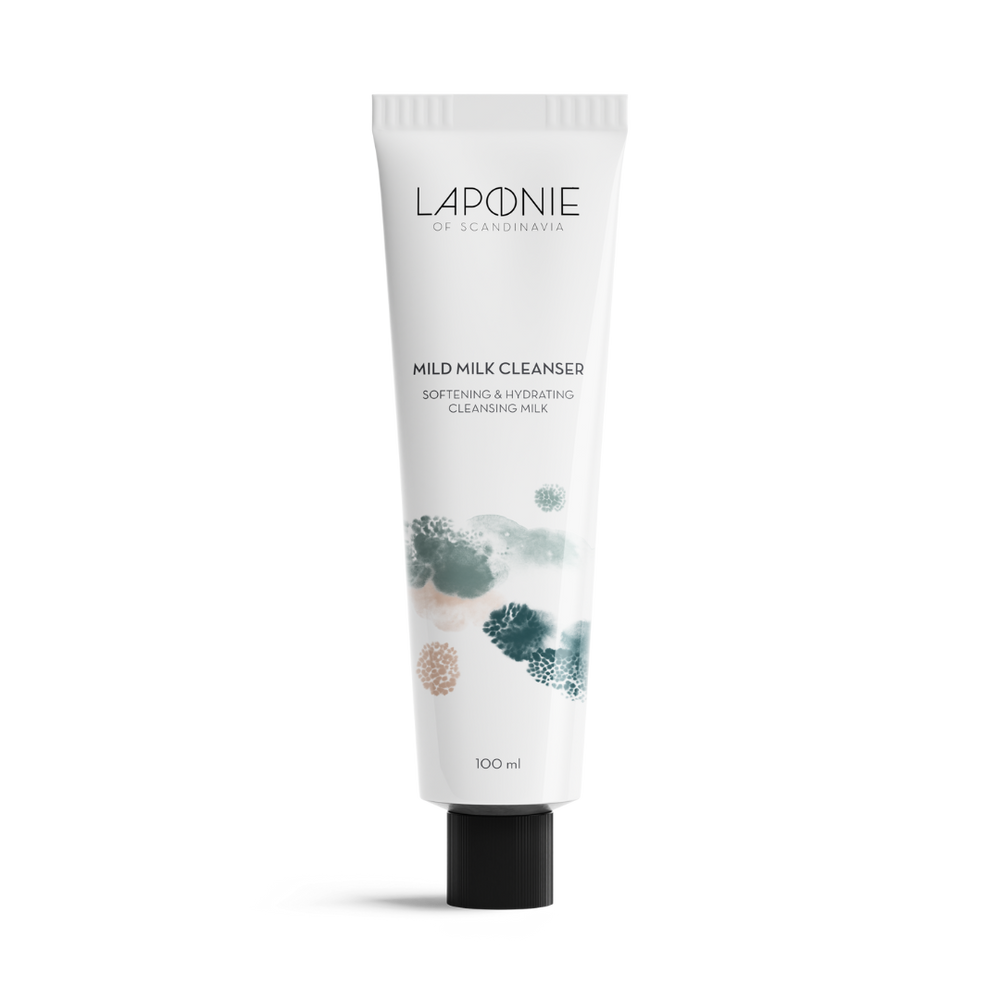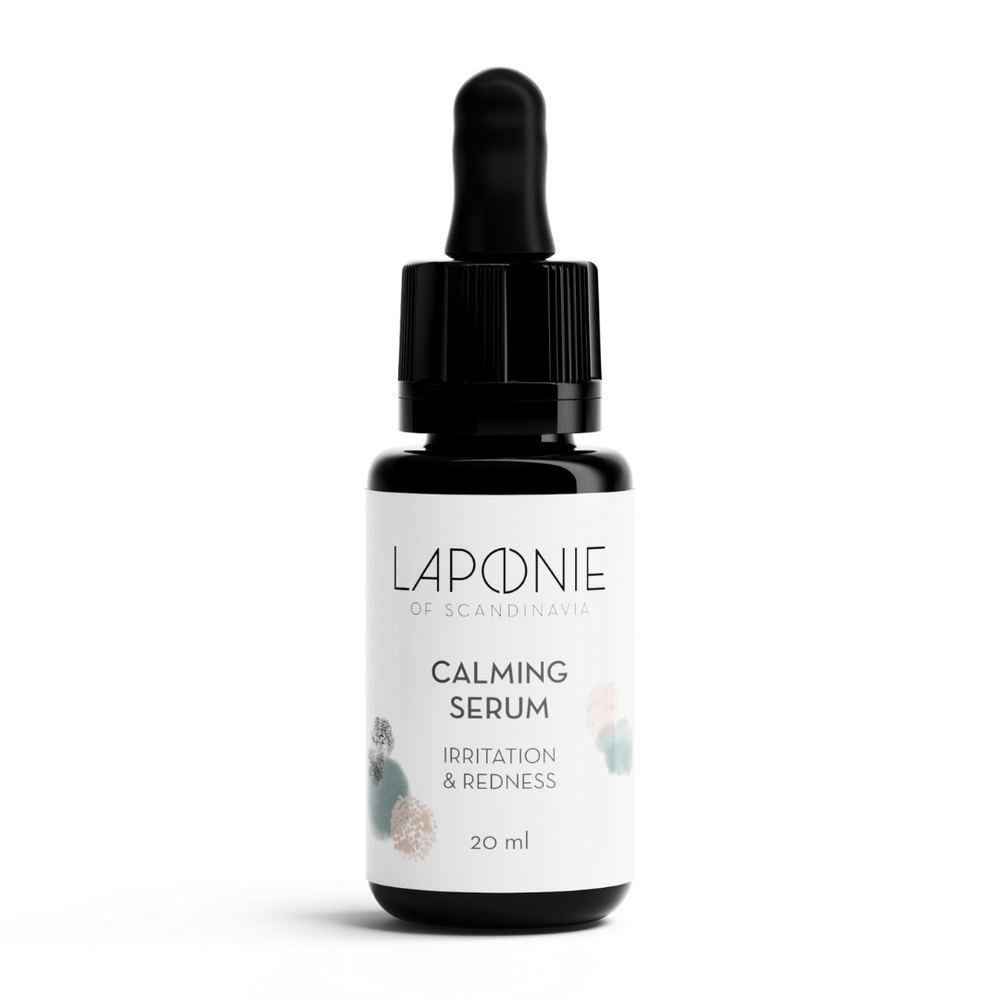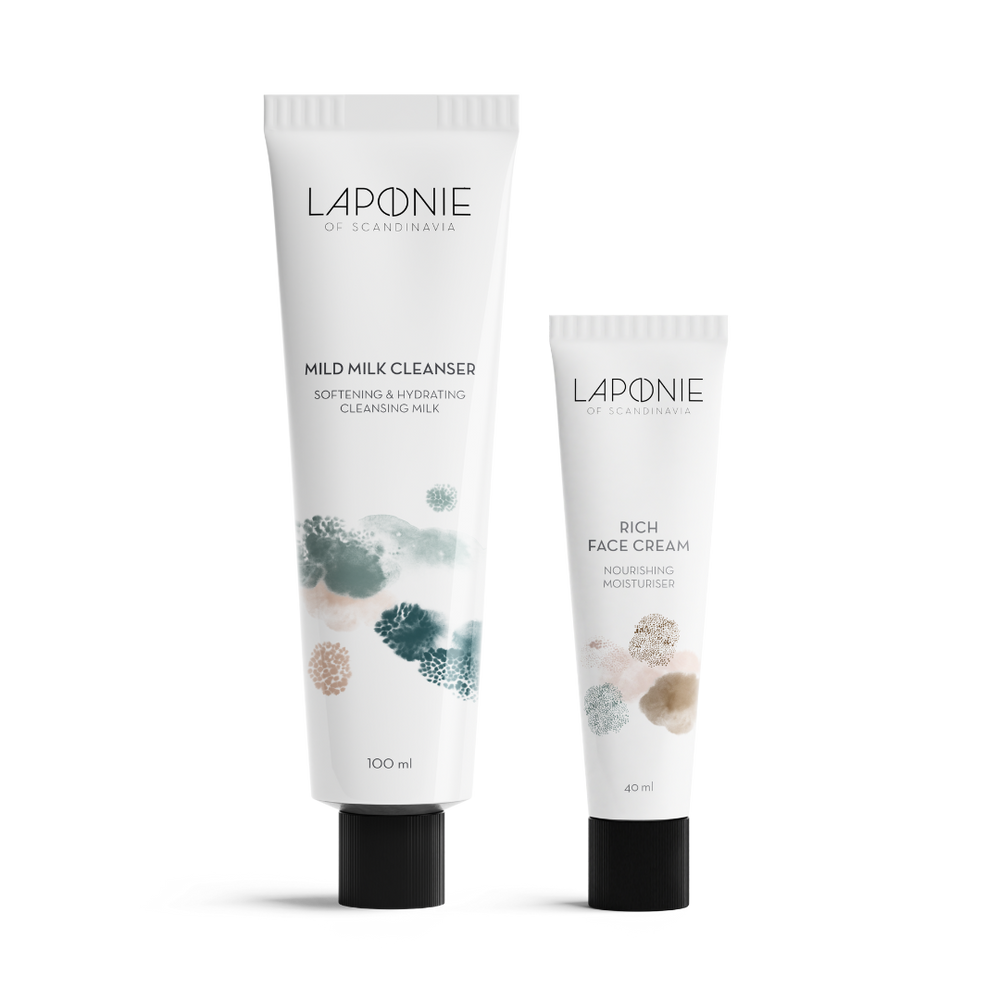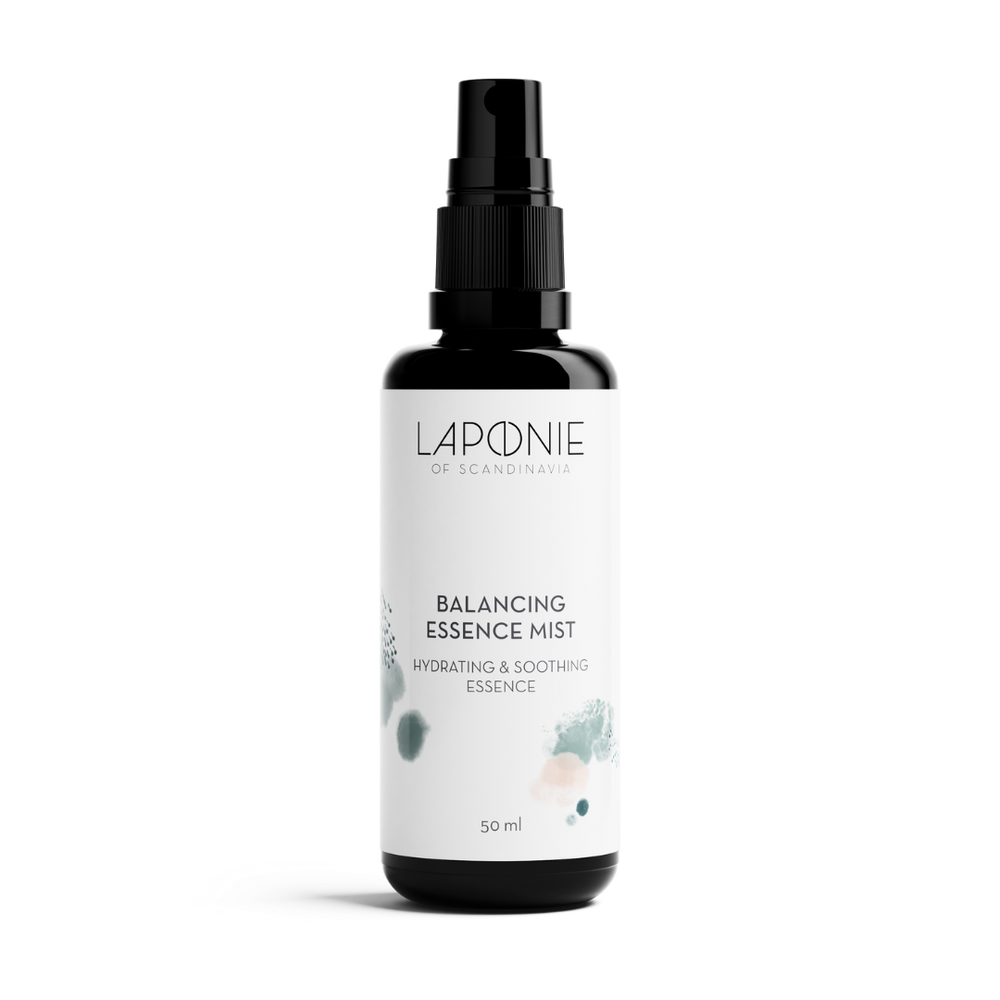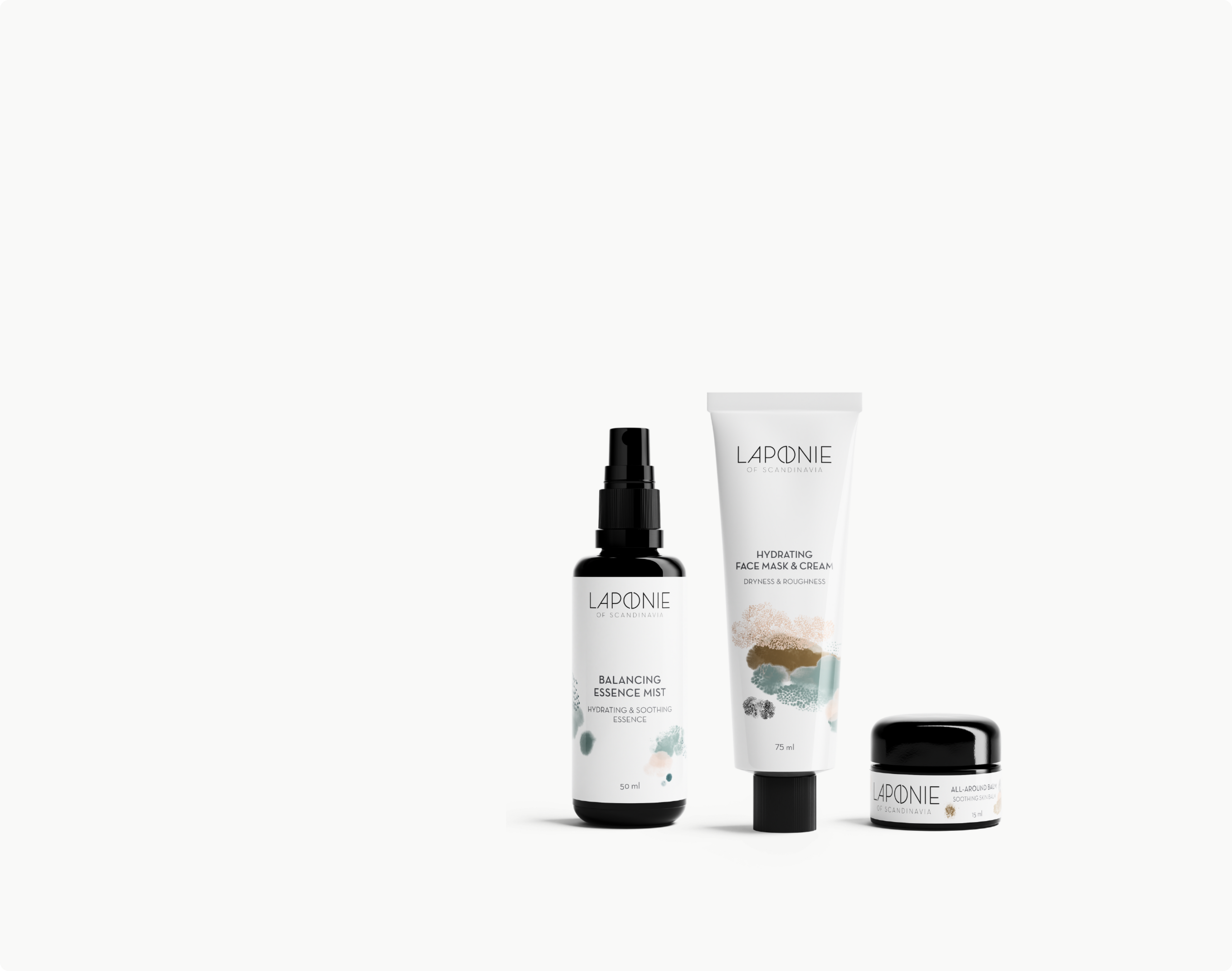
The acid mantle occurs naturally on the skin and is made up of water, lactic acid, urocanic acid, fatty acids, pyrrolidone carboxylic acid (PCA) and eccrine glands which secrete amino acids. These are found in our sebum and sweat, and when these two mix, they in essence create the acid mantle of your skin.
Skin pH affects a number of things, including skin barrier balance, the integrity and cohesion of the stratum corneum (the uppermost layer of the skin) and bacterial defense mechanisms. A change in skin pH has been linked to skin conditions such as dry and itchy skin, different types of dermatitis, acne and yeast infections. It is essential to maintain the skin’s acidic pH. If the skin pH rises closer to 7.0, it becomes more favourable for bacteria and viruses.
To maintain the skin’s acid mantle, don’t over wash or use products that alter the pH of the skin. Look for products which are close to the skin’s own pH, i.e. are mildly acidic*. Over washing with alkaline products, e.g. old fashioned bar soap, is a sure way to disrupt the acid mantle. The good news is that our skin is capable of restoring its acidic pH and the acid mantle on its own pretty fast.
*Research suggests that the skin surface pH ranges from 4.0 to 7.0, but is mostly acidic, between 5.4 and 5.9. A pH of 7 (that of pure water) is considered neutral. Anything below that is acidic and above it alkaline, so our skin's natural pH is mildly acidic.


